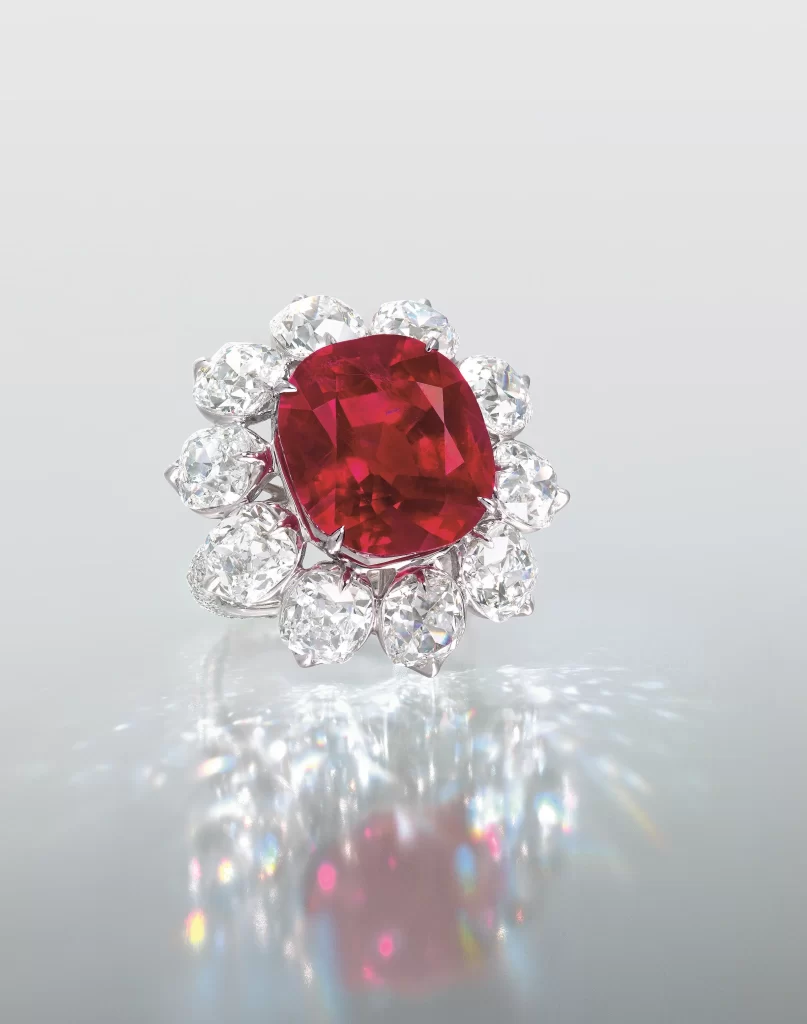11 Facts to Know Before Buying an Engagement Ring

1. Manufacturers are required to label gold according to its purity, Karat is an old standard that divides into 24 parts, 10k is 39%, 14k is 58% pure, 18k is 75% pure, 22k is 90% pure and 24k is 100% pure gold.
2. Platinum is not labeled in Karats but by percentage of purity. In the United States the percentage of metal must be at least 90% before a ring can be legally labeled platinum.
3. A platinum ring to cost at least twice the price of the same ring in 14k gold. Why, platinum has greater density, a one inch cube of platinum weighs 40% more than an identical cube of pure gold. Platinum is currently priced at about twice the gold price, it is used 90% pure and it is more difficult to work with.
4. Today wedding rings are available in a variety of finishes, polished, buff and sandblasted. Will they last? In a word, no, precious metals are relatively soft. If you buy polished and she wants buff, they will both look about the same in a couple of years. Like your relationship, the longer you are together the more alike you become.
5. Durability: Gold is the most plastic of metals but, platinum is the more durable. However, a heavy, high quality ring made of either metal should last for many years.
6. 18k is the aristocrat of golds. Some U. S. jewelers will tell you it is too soft. Though a tad softer than 14k, over the years, 18k will develop a rich buttery patina. Like your relationship, it will grow richer and more beautiful with age.
7. Be careful with gem set rings. Many are manufactured offshore. All yellow gold rings are often cast all in one piece and cast prongs are soft. Ask your jeweler. A yellow gold ring with yellow prongs set with white diamonds should be viewed with suspicion. High quality rings are made in two parts, a cast body with tempered die-struck prong soldered in place. For diamonds, the prongs should be white unless the stone is L color or below. Beware of deals that sound too good to be true. After you replace a few stones, your great deal may turn into your worst nightmare.

For more on diamonds and alternate gems for engagement: www.secretsofthegemtrade.com
8. Want a unique design to symbolize your unique relationship. Consider a handmade original design. Expensive? Most handmade rings are made by a goldsmith and sold directly to the consumer. Most commercially made rings pass through several hands before reaching yours gathering markup all along the way. So, quality wise handmade may be a better value for your money and, often the craftsman will do the design work for free. Remember these rings the single most enduring symbol of your love. She will wear them for many years while the wedding gown gathers mothballs in your closet. Buy quality!
9. Should I buy an antique ring? By definition an antique has been around a long time. Art-Deco period rings made in the 1920s are very popular today. When you buy an antique you become its custodian. Jewelers will usually not warranty antique pieces. Be sure to check. Remember these rings were made for women who lived a less active lifestyle. Be practical! That delicate lacey design may be beautiful but it may not last long on a woman who’s hobby is rock climbing.
10. Finally, if you don’t know the product, know your jeweler. What you don’t need is another pretty face in a pin-striped suit. Ask questions, if you don’t like the answers, move on. If you are shopping for gems, seek out a Graduate Gemologist with a diploma from the Gemological Institute of America.
11. Is diamond the only acceptable gem for engagement? Hardly, the demand for diamond is largely a creation of public relations firms paid by the diamond industry. Historically, ruby, sapphire, garnet and even emerald were used as engagement stones. Diamond is the hardest gem, but hardness only measures scratch ability. Gems like ruby, sapphire and jade are more durable overall. Talk to your gemologist.
